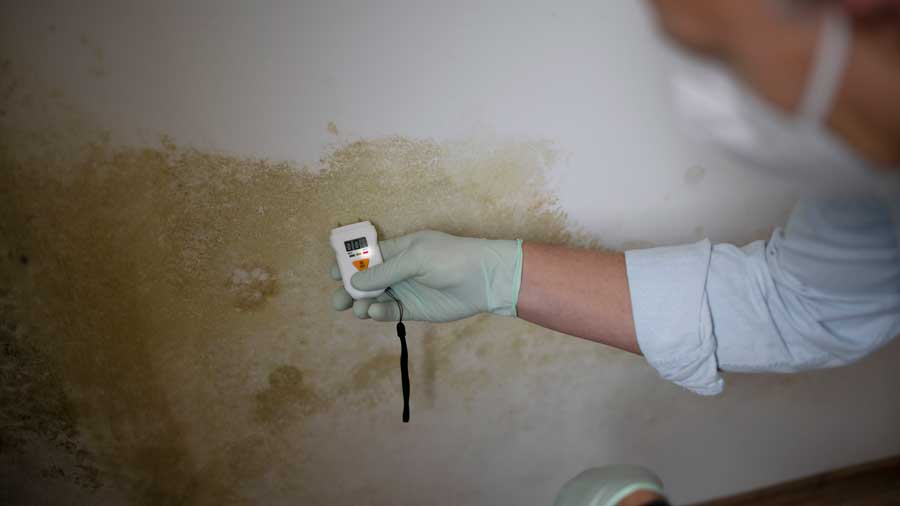Image: Istock
Reshaping the private rented sector
Policy reforms aimed at raising the standard of private rented homes have significant implications not only for individual landlords but also for the future of housing supply

REGULATION

James McHugh
Senior Consultant, Campbell Tickell

James McHugh
Senior Consultant, Campbell Tickell
Issue 80 | October 2025
While the Government's ambitious target to deliver 1.5 million new homes commands headlines, equally transformative reforms to the private rented sector (PRS) are quietly reshaping Britain’s housing landscape. These changes may prove just as significant for our future housing supply.
The PRS boom
The PRS has undergone remarkable growth since 2000, doubling from around 10% to 20% of all housing – now accounting for 4.7 million households. This expansion, driven by demographic shifts, accessible mortgage finance, and rising house prices, occurred as social housing declined and homeownership became increasingly unaffordable.
For many, private renting has enabled greater mobility and flexibility, allowing people to pursue work and study opportunities while forming new relationships. The emergence of high-quality co-living developments in urban areas represents this sector's potential at its best.
However, the reality for too many tenants has been far more challenging. The latest English Housing Survey reveals the extent of standards issues within the PRS: 21% of homes fail decency standards, 10% have Category 1 hazards, 8% suffer from damp, and 13% are overcrowded. Tenants frequently endure instability, sudden rent increases, poor conditions, and unresponsive landlords – often staying silent for fear of eviction.
“The PRS has undergone remarkable growth since 2000, doubling from around 10% to 20% of all housing – now accounting for 4.7 million households.”
of PRS homes fail to meet the Decent Homes Standard
are overcrowded
Source: English Housing Survey
pose a serious risk to health and safety (category 1 hazard)
suffer from damp issues
of PRS homes fail to meet the Decent Homes Standard
are overcrowded
pose a serious risk to health and safety (category 1 hazard)
suffer from damp issues
Source: English Housing Survey
Political awakening
Private renters, long without a natural political voice, have increasingly organised through campaign groups and social media networks. This growing awareness forced political recognition, with even the Conservative 2019 manifesto promising to abolish Section 21 ‘no-fault’ evictions. Labour is now seeking to deliver on these promises through the Renters Rights Bill, published just two months after taking power.
Sweeping regulatory reform
The Renters Rights Bill represents a seismic shift in regulation. Key provisions include abolishing Section 21, creating an ombudsman service, prohibiting discrimination against families and benefit recipients, limiting rent increases, and extending the Decent Homes Standard to private rentals. Additionally, new energy efficiency standards will require all PRS properties to achieve minimum EPC ‘C’ ratings by 2030.
These reforms create a complex compliance landscape requiring landlords to simultaneously navigate property improvements, changed tenancy rules, and enhanced enforcement powers. Many will struggle to adapt, particularly given the Government's own impact assessment estimating costs of £7,480 per affected property.
The exit risk
The potential for landlords to exit the market in response poses serious concerns. Almost half own just one rental property, with a further 38% owning two to four properties – together representing 51% of all tenancies. These smaller, ‘amateur’ landlords are least equipped to handle regulatory complexity and compliance costs.
Should single-property landlords exit en masse, nearly 1 million homes could leave the rental market – many currently housing people who should ideally be in social housing. This scenario demands urgent consideration of what happens to these properties and tenants.
estimated cost per PRS property to comply with reforms
number of homes that could exit the PRS if single-property landlords decide to leave
Three scenarios
Several outcomes are possible:
- Professional landlords, including registered providers, might acquire these properties and invest in remediation works – though high borrowing costs and the need to invest in their existing assets make this challenging.
- Properties could return to the sales market, potentially helping first-time buyers.
- The government could fund local authorities to acquire such homes for use as temporary accommodation (TA). With 131,000 households currently in TA costing £2.8 billion annually, the £980 million investment needed to remediate these homes would prove considerably cheaper and more effective than some of the current options being used to meet the demand for TA.
Embracing change
Forward-thinking landlords cannot wait for full implementation. Those serious about remaining should learn from social housing providers: assess current asset performance, plan strategically for investment, access expert compliance advice, and engage proactively with tenants.
While compliance costs will be substantial, properties meeting enhanced standards should experience lower tenant turnover and fewer maintenance issues. For the PRS, adaptation isn’t optional – survival depends on embracing these changes as opportunities to professionalise operations and improve competitive positioning in a transformed market.
This article is a shortened version of the full-length blog: The Private Rented Sector at a crossroads - Campbell Tickell
“For the PRS, adaptation isn’t optional – survival depends on embracing these changes as opportunities to professionalise operations and improve competitive positioning in a transformed market.”

